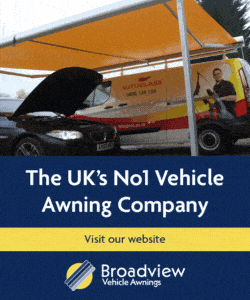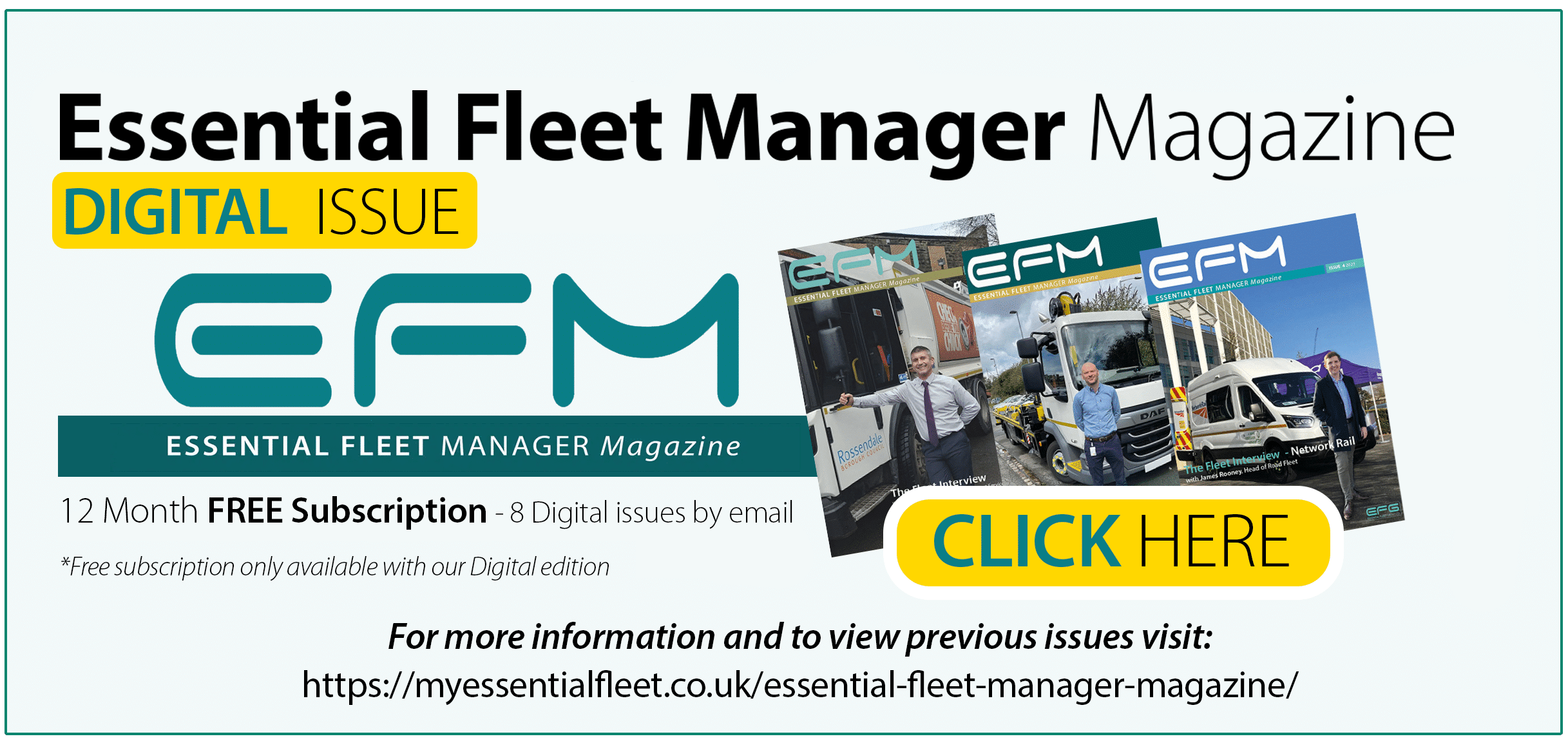With Steve Thomas, Managing Director
Steve Thomas, Managing Director of Inseego, discusses with Essential Fleet Manager Magazine how fleets can improve road safety, better protect drivers, and reduce associated costs by focusing on prevention. In our latest Technology Insight Q&A, he provides useful insight into the latest telematics developments and industry best practice.
Why do fleets need to focus more on prevention?
Around 90% of crashes are a result of driver error or distraction, so there is a huge opportunity for fleets to take a proactive approach to prevention. Of course, there will always be other factors involved in these collisions, but if you can eliminate the human element by encouraging drivers to correct issues then you will achieve meaningful results.
The insurance industry is certainly embracing prevention, having for years focused on first notification of loss (FNOL). What we are now seeing is a switch towards first notification of risk (FNOR) as insurers recognise the added benefit of identifying where threats exist and doing something about it. From a fleet perspective, if you can become a low-risk operation, its possible to not only save lives, but also associated costs.
How is fleet technology evolving to help?
Traditional vehicles cameras record a collision, allowing investigation after the event, but with advances in AI dashcams, fleets can tackle risk and prevent incidents happening in the first place. Using the latest developments in machine vision and artificial intelligence (MV and AI), it is possible to detect and help drivers self-correct dangerous or distracted behaviour. Therefore, it becomes more about the prevention rather than the cure.
The AI dashcams provide a greater understanding of risky behaviour and distraction within the vehicle such as using a mobile device, eating and drinking, and eyes off the road. The MV-and AI-capabilities work together to identify and assess risk in and out of the vehicle, so the driver can be notified of any issues. We have seen some driver pushback against these devices, but any initial reluctance has quickly been replaced by that the cameras are having a positive effect on risky driving habits and improving their safety
What other ways can fleets engage with drivers?
We are seeing some exciting developments in targeted training that provides engagement and coaching, triggered by specific behaviour. This ability to create bespoke programs – with automated safety messages, performance reports and training modules – can address individual issues, change driver attitudes and mitigate fleet risk.
Meanwhile, gamification is a proven way of achieving improved performance on the road.
Providing drivers with an individual score, viewed alongside company and peer group averages, creates a competitive element that can quickly translate to safety and efficiency benefits. For even greater returns it can also be linked to an incentive scheme that rewards the best or preferably most improved performers.
Is there just too much data for fleet managers to handle?
One of the biggest issues we see from a fleet manager’s perspective is that the amount of data can become overwhelming. Many simply don’t have the time or resources to convert the information into actionable insight, so its about using clever tools and processes to capture, measure and use the data. For example, vehicle cameras typically upload video clips based on g-force trigger events. For a fleet of 50 vehicles, if each generates four clips per day, the fleet manager would have 1,000 videos to watch, which is simply not workable.
Post event machine vision effectively means that the video telematics software views the video clips for you and flags up those that need attention. This means a fleet manager can quickly focus on actual collisions or an incident where a vulnerable road user (pedestrian, motorcyclist or cyclist) was involved rather than false positives generated by harsh driving, potholes and speed humps. The AI technology has been shown to reduce the number of clips needing review by as much as 99% leaving just a handful that can be checked in a matter of minutes.
How do you calculate the true risk of speeding?
Severity of speeding should always be considered alongside frequency, so fleets can see where the highest levels of risk exist. By comparing against road limits and vehicle types helps provide the context and understanding needed to identify true risk, because not all speeding should be considered the same. Is someone that consistently drives marginally above the speed limit on a motorway worse than someone that sometimes drives above 40mph past a school? A traditional vehicle tracking system would probably say so, but the latest speed band reporting measures the severity of events and weights them accordingly.
What are the consequences if fleet ignore speeding, especially in urban areas?
A vehicle travelling at 20mph can typically stop in 12 metres or less if a pedestrian crosses in front of them, but at 30mph the vehicle is likely to hit the same pedestrian at 27mph and at 40mph would not slow at all. Now consider that if someone is struck at 20mph the survival rate is 90%, but this drops to 50% at 30mph and just 10% at 40mph. As this shows, the potential consequences of high-risk speeding are extreme and will eventually lead to serious injury or loss of life.
What’s the next development for telematics?
The next step will be to completely automate driver communication to reduce the burden on the fleet manager. Ultimately, telematics is about altering behaviour, but historically this has been the responsibility of the fleet manager to use performance data to directly engage with the driver.
We want to see a system that can be set up to analyse the available vehicle and driver information and automatically take steps to encourage change. This is already happening around driver behaviour monitoring and training where the telematics system can detect high-risk actions – such as speeding or harsh driving – and send the driver an appropriate message or training module. If moving forward, we can make it handle other aspects of fleet management including compliance, vehicle usage, and working hours, the technology will take on much of the hard work and the benefits will be seen throughout the organisation.●




